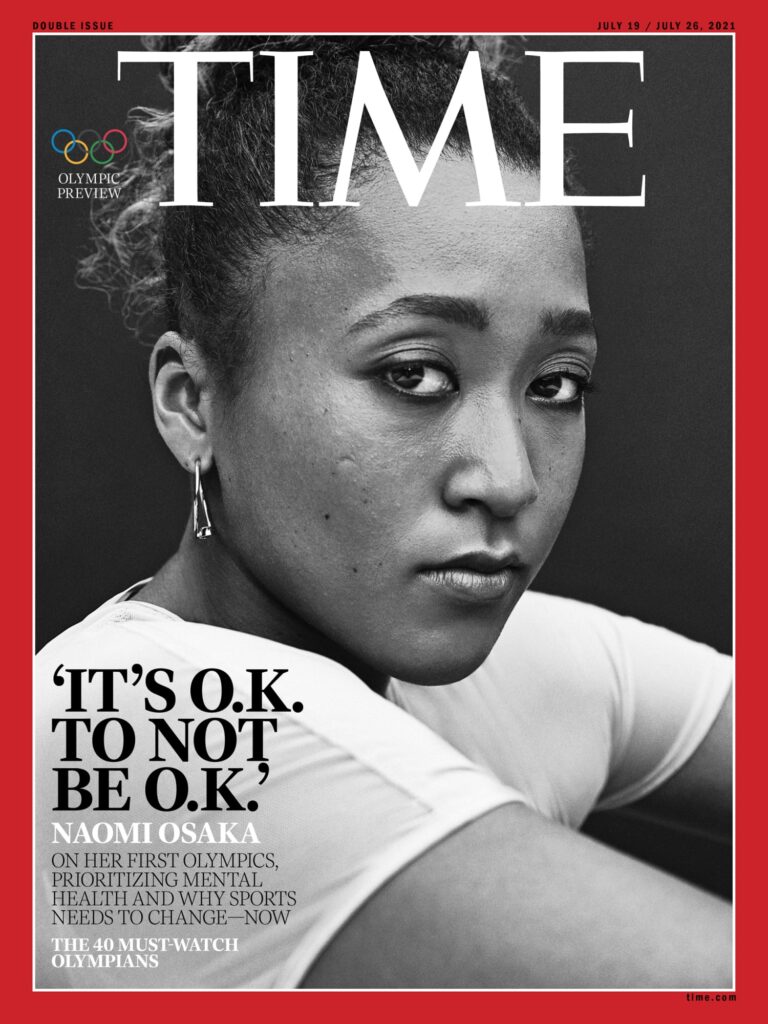Written by: Richard DiMarzo
In today’s 24/7 media world, professional athletes are no longer just sports figures. These athletes have become celebrities, influencers and public brands. This brings the question, where should the line be drawn between public interest and personal privacy? The tension between these two concepts now presents a difficult ethical dilemma for journalists, fans, and sports organizations.

Avery Bradley comforting Isaiah Thomas after tragic news of his sister passing away in 2015. (Photo from Business Insider).
During the NBA playoffs in 2017, you can see Isaiah Thomas being recorded as he has a very emotional moment with his teammate Avery Bradley. Thomas, who was the engine for the Boston Celtics in 2017, tragically received news of his sister passing away in a car accident the day before one of the biggest games of his career. Now as he struggled and was taken in by teammates, you can still see the media made sure to record him and get their story in as soon as possible.
The Blurred Line Between Private Life and Public Persona
Athletes often operate in highly visible roles, and many willingly share parts of their lives on social media or through brand partnerships. But does public status eliminate the right to privacy?
Ethics scholars argue no. According to the Society of Professional Journalists’ Code of Ethics, journalists should “balance the public’s need for information against potential harm or discomfort” and show compassion “for those who may be affected by news coverage” (SPJ Code of Ethics, 2014).
For example, Naomi Osaka’s decision to withdraw from the 2021 French Open due to mental health concerns prompted a wave of media scrutiny and fan backlash. Some journalists and commentators criticized her silence while others supported her effort to manage her mental health without public explanation. (Paraphrase from Shapiro, 2021). Osaka herself said, “It’s OK to not be OK,” reminding the world that mental health is deeply personal. Even for public figures (Time Magazine, 2021).

Naomi Osaka on the cover of TIME magazine, using her platform to speak out about mental health and the pressures faced by athletes in the public eye. (Time Magazine, 2021).
When Is Coverage in the Public Interest
Journalists often justify invasive coverage by citing “the public’s right to know.” But not everything the public wants to know is necessarily in the public interest.
Take the case of Tiger Woods. In 2009, his personal scandal involving infidelity was shown across headlines globally. Media outlets justified their coverage by linking his image to his sponsorships and moral branding. Despite strong efforts, critics still questioned if this was too much and over the line (Zakarin, 2020).
Ethically, journalists must look at the relevance of a private issue to a subject’s public role. If an athlete’s personal choices directly impact their performance, health, or team dynamics, coverage may be justified. But if not, the line into exploitation becomes a lot more clear.
Social Media and Consent
Nowadays, athletes often share personal updates directly with fans. This creates a unique situation where content is voluntarily public but still deserves some type of ethical consideration in how it’s interpreted.
A viral example, gymnast Simone Biles sharing her withdrawal from Olympic events due to a dangerous mental block that could potentially cause injury. Her transparency created global conversation, but brought in lots of criticism. Reporters who reused her personal posts in articles had to navigate the question of implied consent. Just because something is shared on social media, does not mean it can not be used without ethical judgement (Maine, 2021).
Conclusion
Wrapping this post up, it is clear that athletes are being invaded of their privacy daily and it is something that should be talked about more. Efforts to bring more of a clear ethical rule book has had some success, but we are definitely still not where we need to be.
Sources
Image 1: https://www.businessinsider.com/isaiah-thomas-playoffs-sister-death-ovation-celtics-2017-4
Image 2: https://time.com/6077128/naomi-osaka-essay-tokyo-olympics/
“Chyna Thomas, Sister of Celtics’ Isaiah Thomas, Dies in Car Crash.” ESPN, ESPN Internet Ventures, 15 Apr. 2017, www.espn.com/nba/story/_/id/19167406/isaiah-thomas-sister-chyna-thomas-killed-one-car-accident
“SPJ’s Code of Ethics.” Society of Professional Journalists, Society of Professional Journalists Society of Professional Journalists Improving and protecting journalism since 1909, 2014, www.spj.org/spj-code-of-ethics/
Osaka, Naomi. “Naomi Osaka: ‘It’s O.K. Not to Be O.K.’” Time, Time, 8 July 2021, time.com/6077128/naomi-osaka-essay-tokyo-olympics/
Zakarin, Jordan. Tiger Woods’ Sex Scandal: Inside His Fall from Grace and Comeback, 1 Dec. 2020, www.biography.com/athletes/tiger-woods-sex-scandal-facts
Shapiro, Michael. “Naomi Osaka Briefly Exits Press Conference in Tears after Reporter’s Question.” Sports Illustrated, Sports Illustrated, 17 Aug. 2021, https://www.si.com/tennis/2021/08/17/naomi-osaka-leaves-press-conference-tears-reporter-question
Maine, D’Arcy. “Simone Biles Withdraws from Individual All-around Gymnastics Competition at Tokyo Olympics to Focus on Mental Well-Being.” ESPN, ESPN Internet Ventures, 28 July 2021, www.espn.com/olympics/gymnastics/story/_/id/31902290/simone-biles-withdraws-individual-all-competition-tokyo-olympics-focus-mental-health
